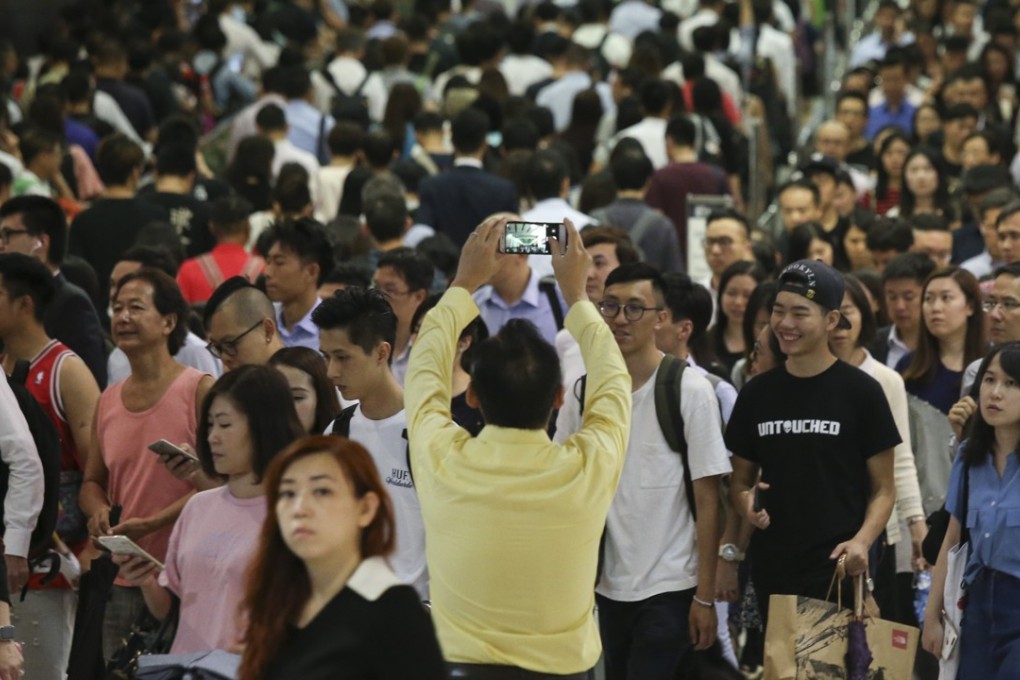How data sharing can help ease your commute
Erich Gerber calls on the Hong Kong government to open up transport data for public use, as examples elsewhere have shown that technology and analytics can promote the reliability and efficiency of public transport networks

The Hong Kong government has long established that the public transit system has “railway as its backbone”, with MTR train services covering not only urban Hong Kong, but extending across Kowloon and into the New Territories. The MTR is also supported by franchised bus services in addition to trams and minibuses.
Four hours to get to work in 1971, now takes 25 minutes on the MTR
So how can technology, data analytics and data sharing help make the public transport network more efficient?
According to a report by McKinsey & Company, the collection and strategic use of information can improve forecasting and help nudge behaviour to improve the reliability of transport infrastructure and increase efficiency and utilisation. The report cites as an example a 21km fast lane in Israel, between Tel Aviv and Ben Gurion airport. The lane uses a toll system that calculates fees based on traffic at the time of travel, using real-time pattern recognition to count cars on the road to measure congestion. If traffic density is high, tolls are high.
Holland, too, is benefiting from the application of big data analysis. Dutch Railways is the principal passenger rail operator in the Netherlands, which gives them access to a huge amount of data. In the past, each type of train had its own IT environment. But Dutch Railways had a vision to integrate all this data. Using streaming analytics, in-memory computing and integration, Dutch Railways is now able to provide real-time information about train services and maintenance scheduling.
The clear conclusion is that digitising infrastructure networks can improve forecasting, promote reliability and increase efficiency.